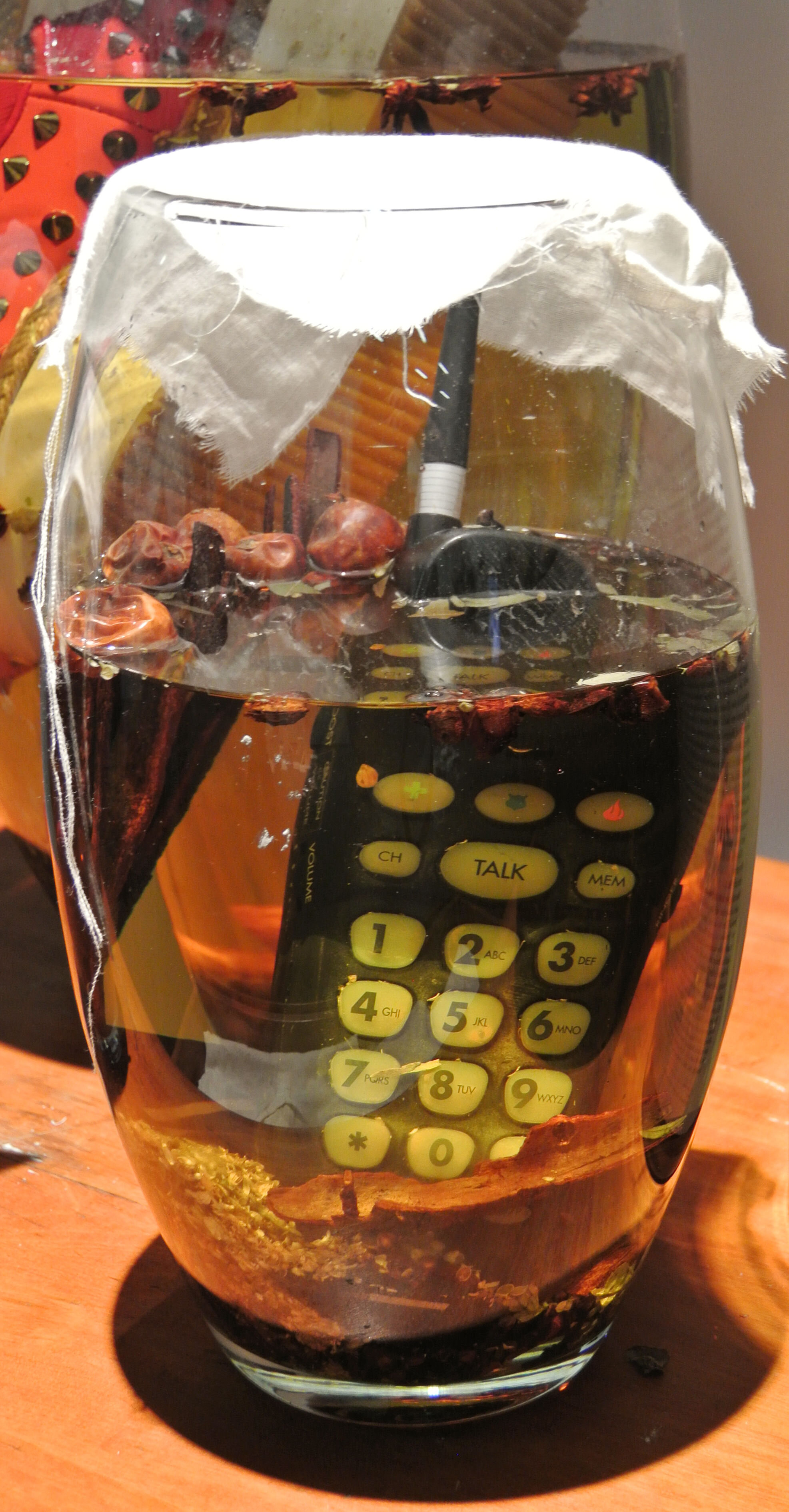
News and Updates
This section features stories that highlight how remarkable yet fragile the ocean is. It also speaks to the connection between humans and the ocean and our responsibility to protect it.
Stories, unless otherwise noted, are written by Pam Ferris-Olson, PhD. Pam has studied ocean creatures, worked in communication, and, as founder of Women Mind the Water, focuses on the relationship between humans and water. Her Wo(men) Mind the Water Artivist Series explores the work of artivists (artists +activists) and their impact in influencing change.
How hot is it? Enough to sicken hundreds of sea lions and dolphins
How hot is it? The answer is no laughing matter because hundreds of sick and dying sea lions and dolphins have been seen on beaches, the result of toxic algal blooms associated with warmer ocean waters and linked to high levels of domoic acid. Domoic acid is a naturally occurring toxin that can make humans and marine mammals sick. The biggest takeaway is that as ocean temperatures changed, there is the potential for more frequent and more extreme harmful implications.
Saving Coral Reefs
Coral reefs cover an extremely small amount of the Earth’s surface, but support 25 percent of all marine life. People worldwide rely on coral reefs for food resources, protection from the damaging properties of waves, and economic benefits including recreation and tourism. Coral reefs are negatively impacted by changes in water chemistry (e.g., ocean acidification) and increases in water temperature and sediment levels. Because heatwaves are becoming increasingly frequent across the globe and ocean temperatures are rising, it is important to understand how reefs are impacted and promote their survival. This article discusses what is being done.


